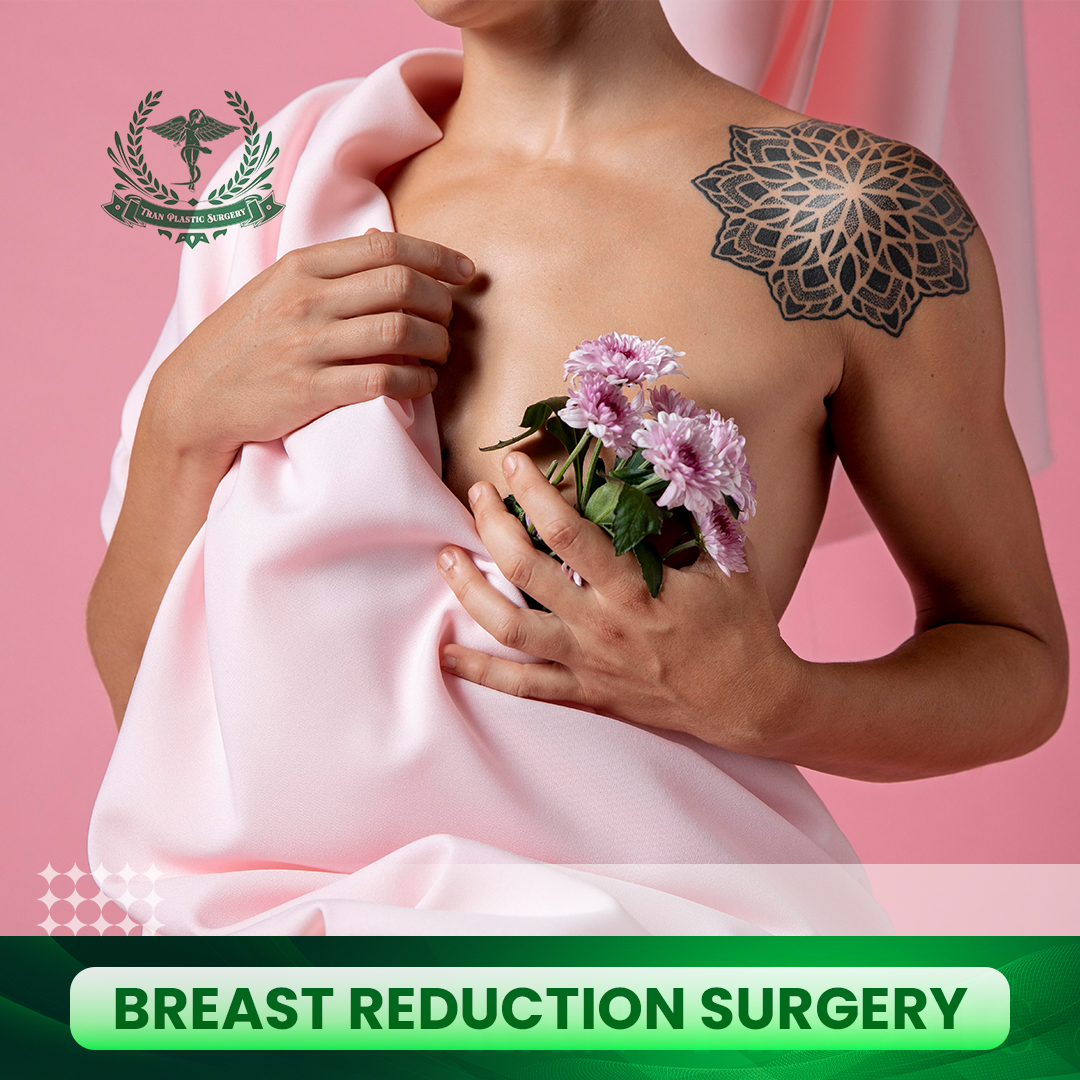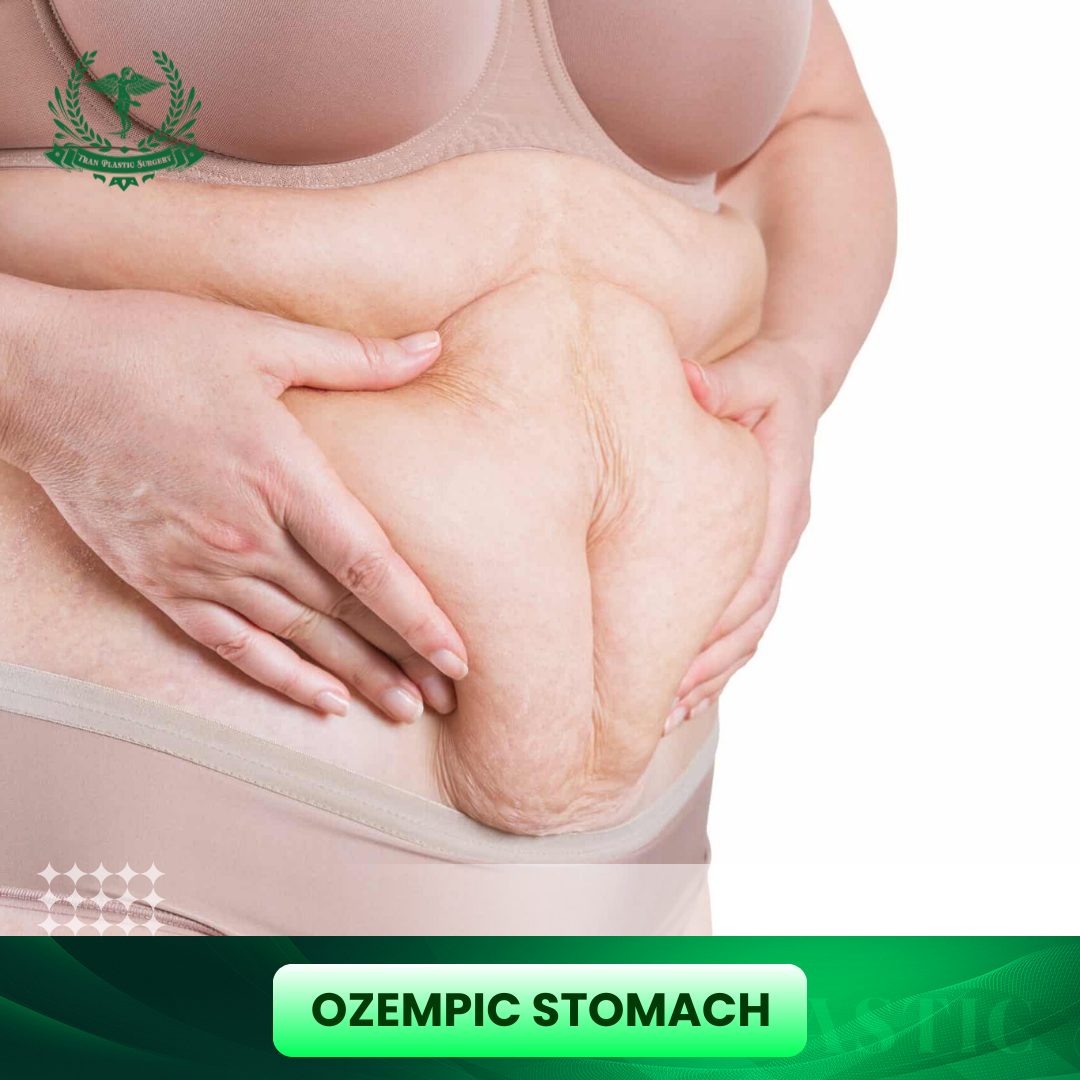Breast reduction surgery is a transformative procedure offering profound relief and renewed confidence for individuals burdened by overly large breasts. This surgery, also known as reduction mammoplasty, addresses physical discomforts like chronic pain and skin irritation, while also enhancing body proportion and aesthetic harmony.
At tranplastic.com, we understand the significant impact breast size can have on your life. This guide is crafted by our expert team to provide clear, reliable insights into every aspect of breast reduction, empowering you to make an informed decision about this life-changing journey.
Table of Contents
ToggleWhat is Breast Reduction?
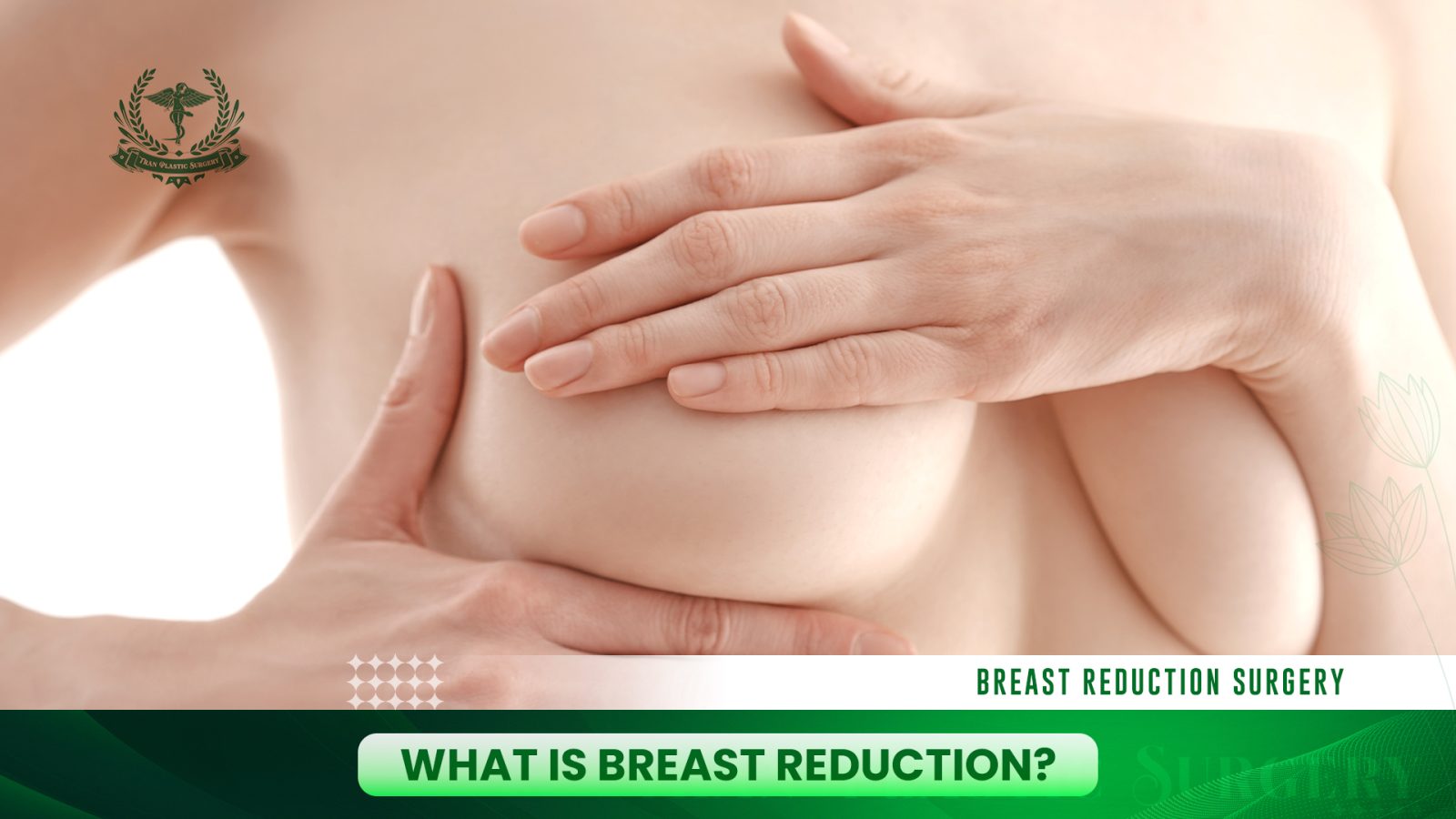
Breast reduction surgery, or reduction mammoplasty, is a surgical procedure meticulously designed to remove excess breast tissue, fat, and skin. The primary purpose of this procedure is to create breasts that are lighter, smaller, and more proportionate to your overall body frame.
Beyond aesthetic enhancement, a fundamental goal is to alleviate the significant physical discomfort often associated with overly large breasts.This includes providing relief from chronic back, neck, and shoulder pain, eliminating deep bra strap grooves, resolving persistent skin irritation or rashes beneath the breasts, and improving overall posture.
Ultimately, breast reduction aims to enhance both your physical well-being and your self-confidence, allowing you to move, dress, and live more comfortably.
*Some related topics for you:
Who is Suitable for Breast Reduction Surgery?
Deciding on breast reduction surgery is a personal journey, often driven by a combination of physical discomfort and emotional considerations. Ideal candidates typically experience one or more of the following:
- Chronic Pain: Persistent back, neck, or shoulder pain exacerbated by breast weight.
- Physical Limitations: Difficulty participating in sports or physical activities, or struggling to find comfortable clothing and bras due to breast size.
- Skin Irritation: Recurring rashes, infections, or chafing in the inframammary fold (under the breasts).
- Postural Issues: Poor posture or visible bra strap indentations on the shoulders.
- Emotional Impact: Feelings of self-consciousness, dissatisfaction with body proportion, or limitations in social activities.
Regarding age, there are no strict “too young” or “too old” limits for breast reduction. For younger individuals, it’s generally recommended that breast development is complete to ensure stable, long-lasting results. For older patients, overall health is the primary consideration; candidates should be in good general health to safely undergo surgery and recover effectively.
A thorough consultation with a board-certified plastic surgeon is essential to assess your individual health, breast characteristics, and personal goals to determine if breast reduction is the right procedure for you. Contact Dr. Tuan Tran of Tran Plastic Surgery for a consultation and to express your wishes.
How Long Does Breast Reduction Surgery Take?
A breast reduction procedure typically takes between 2 to 4 hours to complete. The exact duration can vary depending on several factors, including the surgical technique used and the amount of breast tissue, fat, and skin that needs to be removed to achieve the desired result. Your surgeon will be able to provide a more precise estimate during your consultation based on your specific needs.
Types of Breast Reduction Surgery & Techniques
1. Incision Patterns for Breast Reduction
The incision pattern is a crucial aspect of breast reduction, as it determines the final shape of the breast and the location of the scars. The choice of technique depends on the amount of tissue to be removed and the degree of breast sagging.
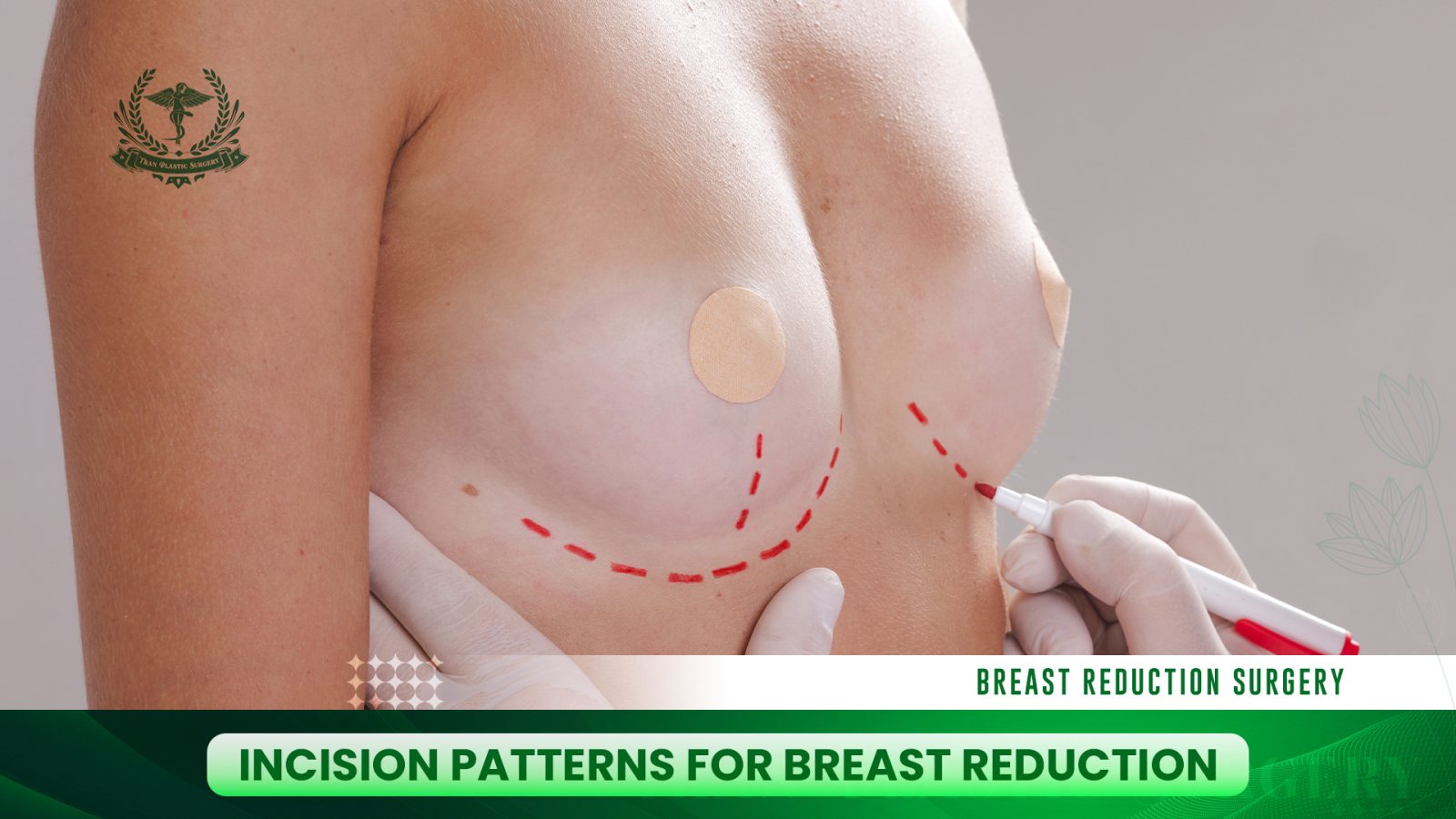
- “Lollipop” (Vertical) Incision: This technique involves an incision around the areola and a vertical line extending from the bottom of the areola down to the breast crease. It is an excellent option for moderate reductions and for patients with good skin elasticity who do not require extensive skin removal.
- “Anchor” (Inverted T) Incision: The most common technique for significant reductions, this pattern combines the “lollipop” incision with an additional horizontal incision along the breast crease. It provides the greatest access for removing large amounts of tissue and is ideal for women with a high degree of breast sagging.
- Periareolar Incision: This is a less common technique that involves an incision only around the areola. It is suitable for very minor reductions and minimal lifting. The primary benefit is that it leaves a scar confined to the edge of the areola.
2. Liposuction for Breast Reduction
Liposuction can be used as a breast reduction technique for specific cases. As a standalone procedure, it is typically limited to patients with excess fatty tissue and minimal breast ptosis (sagging). When used in conjunction with traditional excisional methods, liposuction helps to refine the contour of the breasts and smooth the transition from the chest wall, creating a more natural and sculpted result.
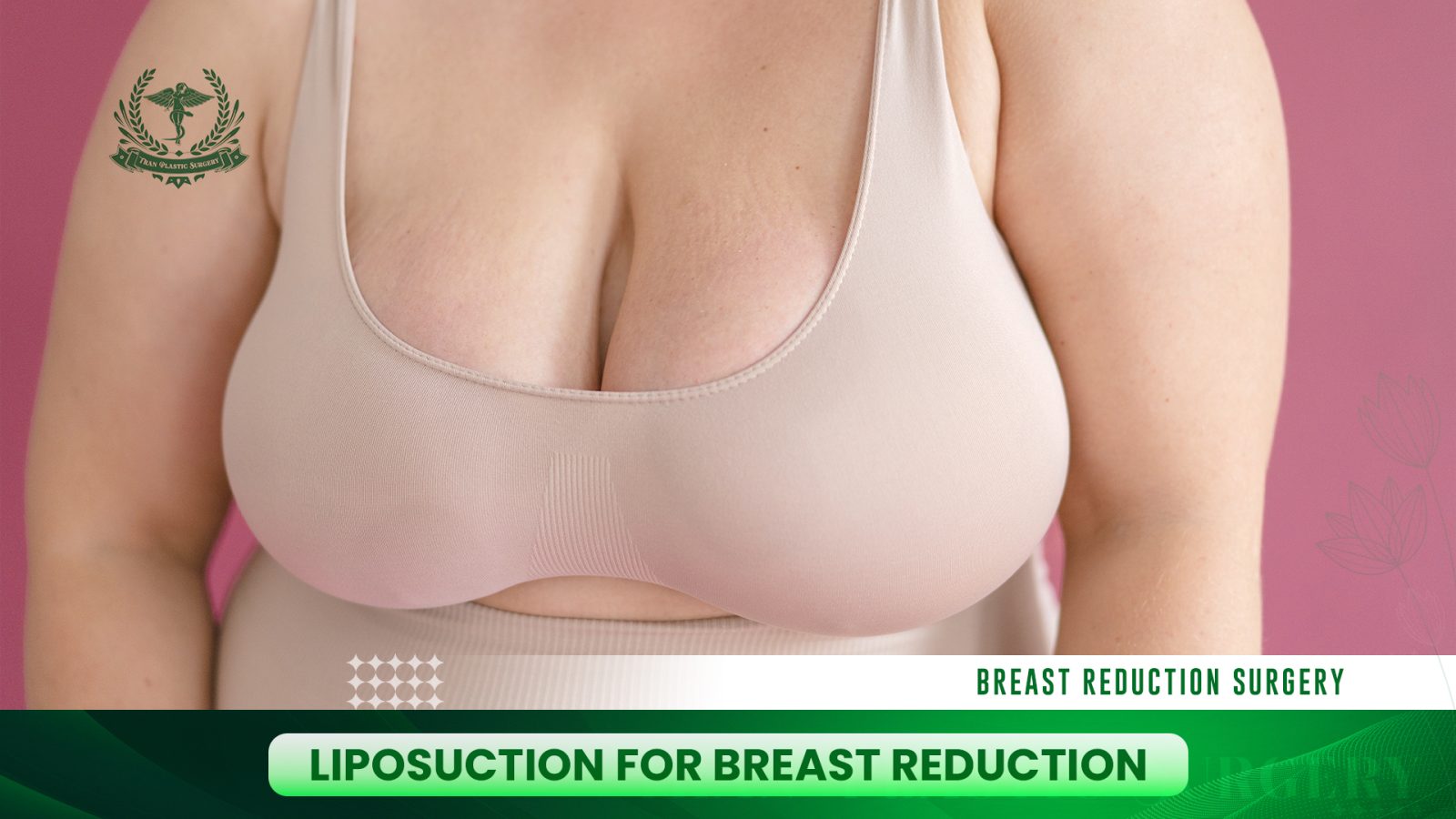
3. Gynecomastia Surgery: Breast Reduction for Men
While related, male breast reduction, or gynecomastia surgery, is a distinct procedure. Gynecomastia is a condition characterized by the enlargement of male breast tissue. The surgery focuses on removing excess glandular tissue and/or fat to create a flatter, more defined chest contour. The techniques used are similar to those for women but are tailored to achieve a masculine aesthetic.
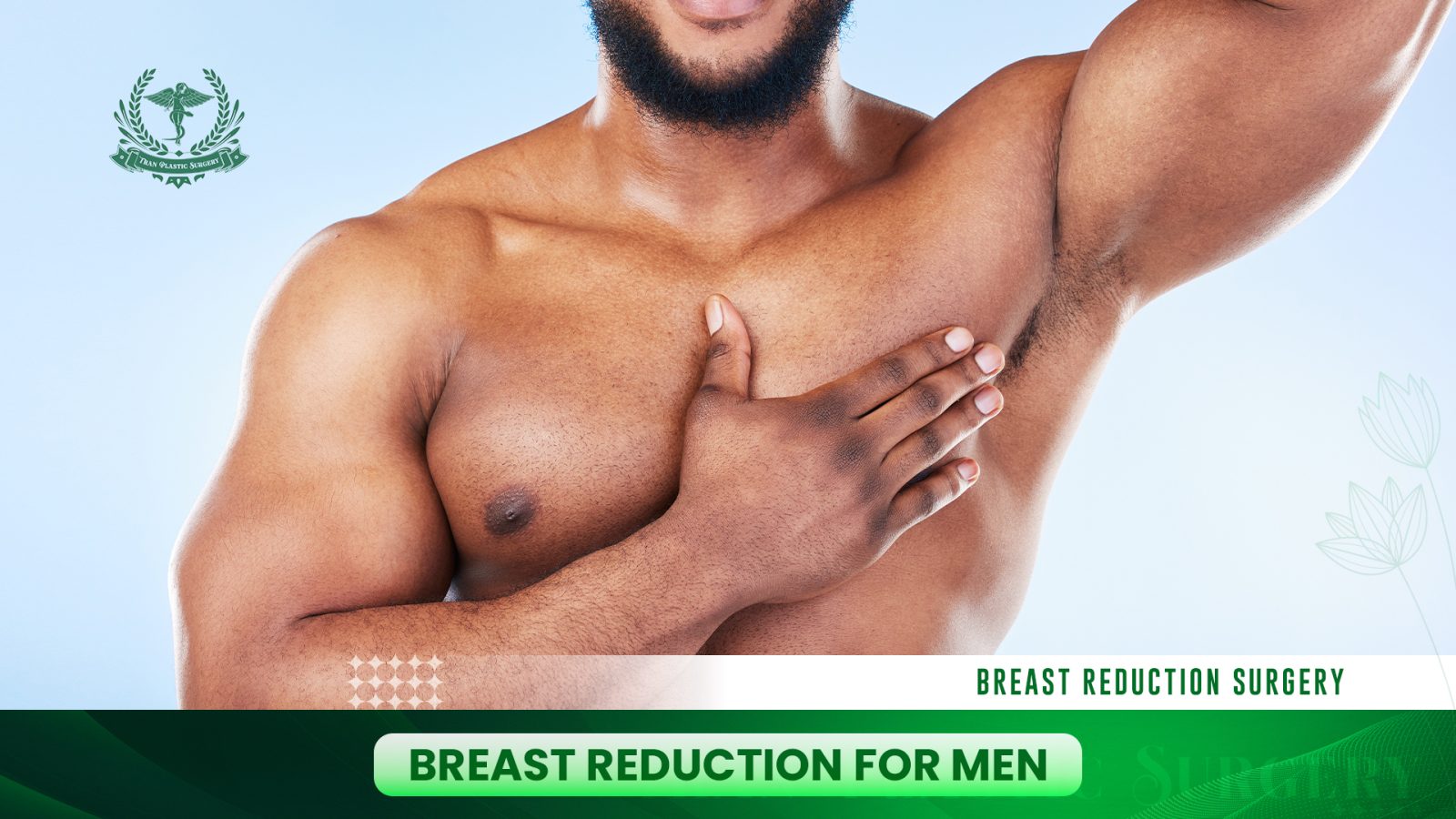
4. Breast Reduction for Gender Affirmation
For many transmasculine and non-binary individuals, breast reduction is a critical component of their gender-affirming care. The procedure’s goal is to remove breast tissue and create a more typically masculine chest profile, aligning a person’s physical appearance with their gender identity.
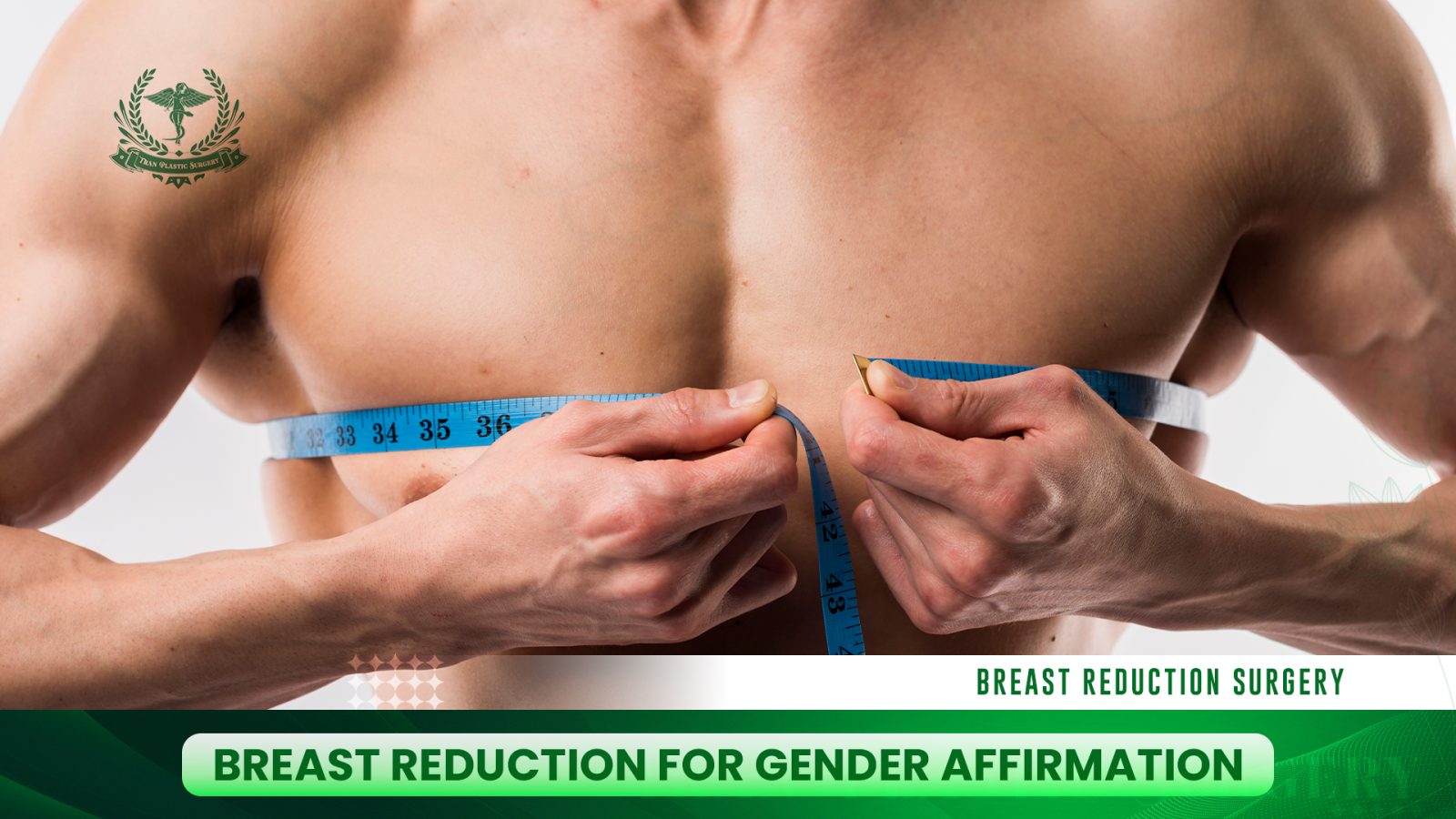
5. Breast Reduction and Breast Cancer
The relationship between breast reduction and breast cancer is a common concern. Research shows that breast reduction surgery does not increase the risk of developing breast cancer. Removing a significant amount of breast tissue can make future mammograms easier to perform and interpret, as there is less tissue to screen. Additionally, the removed breast tissue is routinely sent to a pathology lab to be screened for any abnormalities.
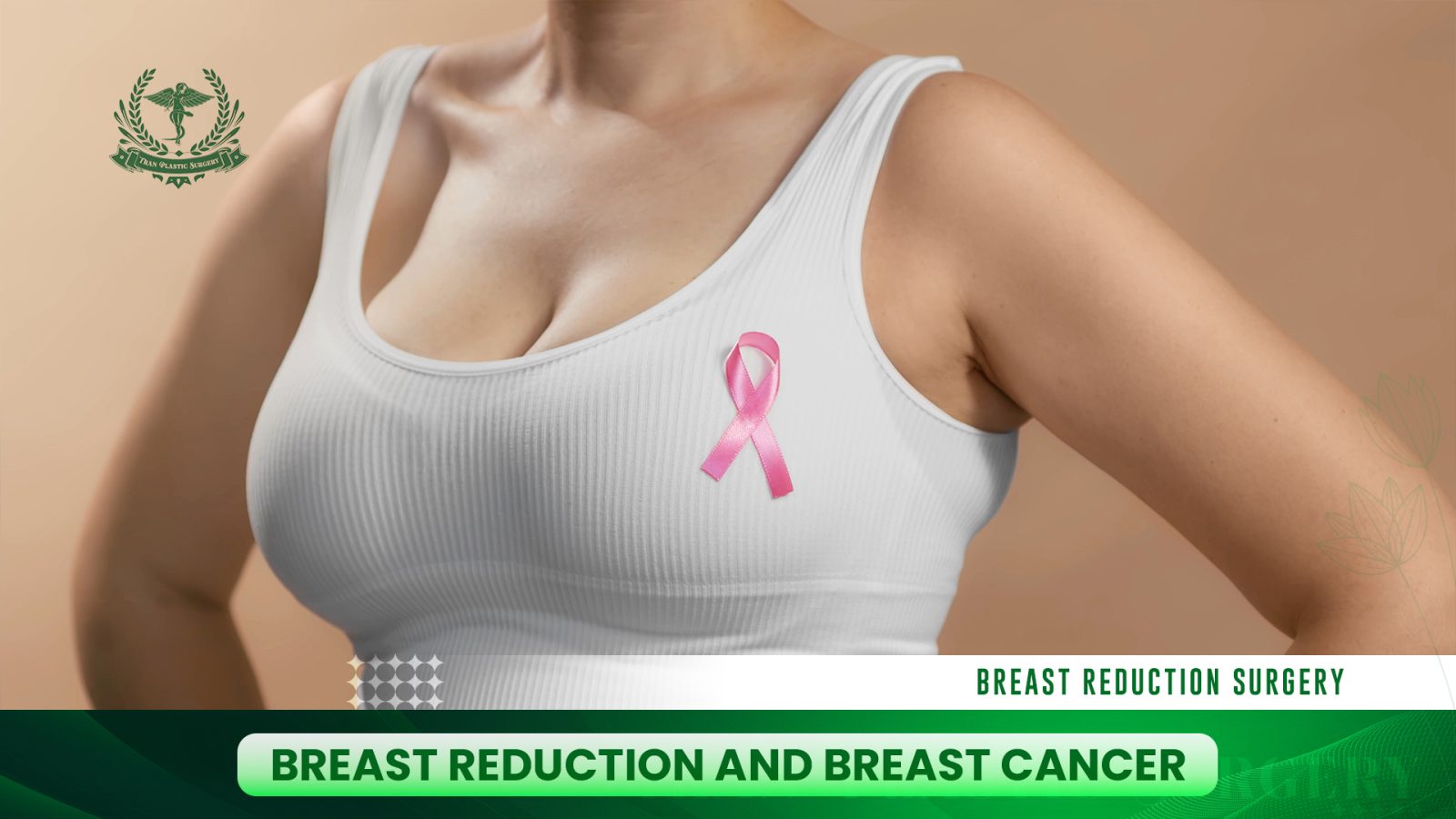
Don’t let physical discomfort stop you from living life to the fullest. Take action now to achieve a more proportionate body and feel more comfortable. Explore our breast reduction services and get advice from our experts here: Breast Reduction Service ✍️
Common Patient Concerns & Considerations
1. Understanding Breast Reduction Scars
Scars are an inevitable part of breast reduction surgery, and understanding their appearance and healing process is essential. The location of the scars will depend on the incision pattern used lollipop, anchor, or periareolar. Initially, scars will appear red, raised, and firm. Over the first few months, they will gradually soften and flatten. The full maturation of a scar takes about one to two years, at which point the color will have faded significantly to a lighter, less noticeable shade.
To minimize the appearance of scars, we recommend:
- Following post-operative instructions: Keep incisions clean and dry to promote proper healing.
- Silicone treatments: Using silicone gels or sheets as recommended by your surgeon can help soften and fade scars over time.
- Sun protection: Protecting scars from direct sunlight for the first year is crucial, as UV exposure can cause them to darken permanently.
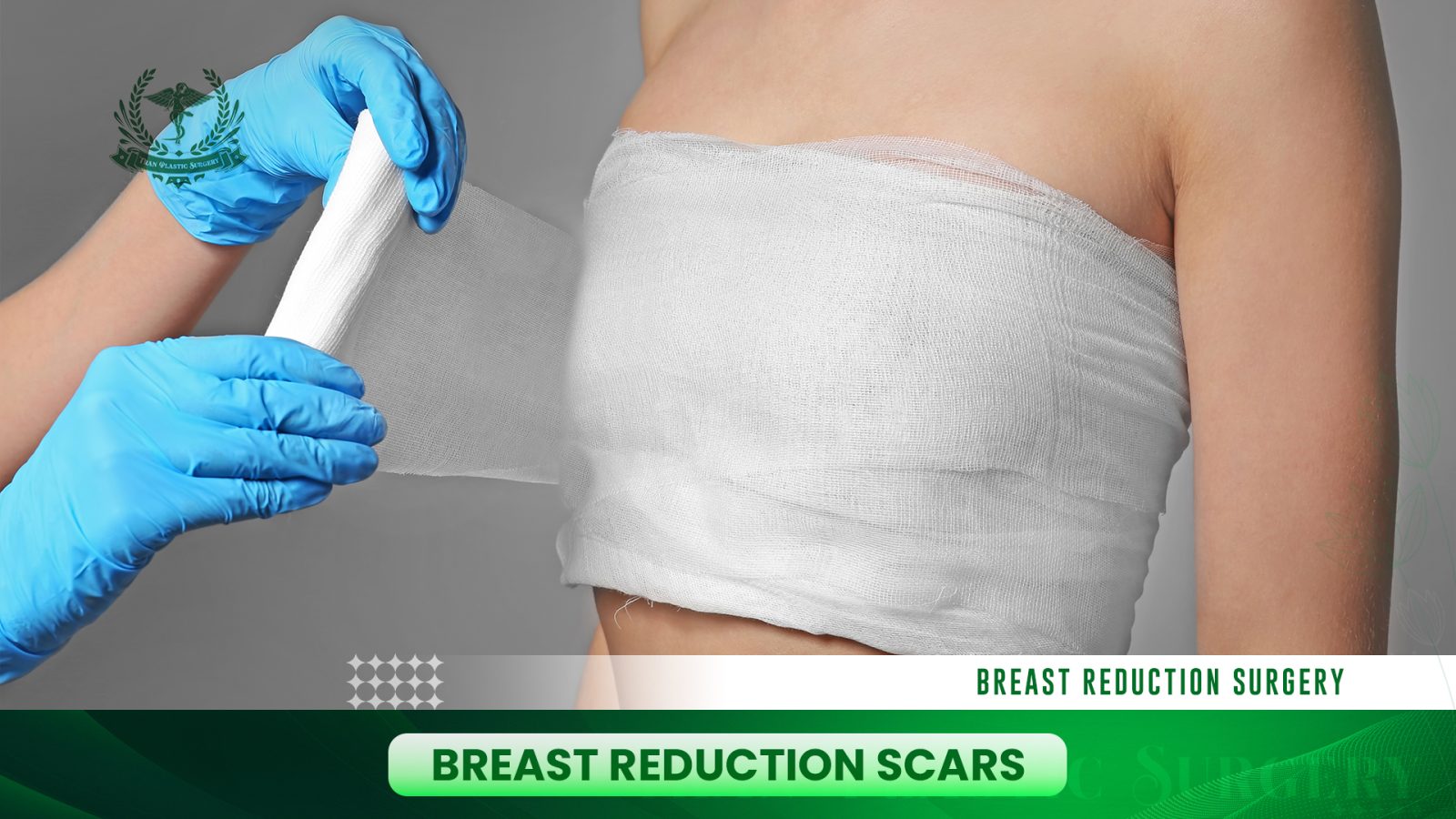
2. Does Breast Reduction Surgery Affect Sensation in the Breast?
It is very common for breast reduction surgery to affect sensation. Patients may experience a range of changes, including numbness, heightened sensitivity, or a loss of sensation in the nipples and areola. For most patients, sensation gradually returns over time, but it is important to be aware that some degree of permanent change is possible. The degree of change can be influenced by the surgical technique and the amount of tissue removed. Your surgeon will discuss this risk with you in detail during your consultation.
3. Breast Reduction Cost: Does Health Insurance Cover Breast Reduction?
The total cost of breast reduction surgery is influenced by several factors, including the surgeon’s fee, anesthesia fees, and the cost of the surgical facility. The specific fees can vary based on your geographic location and the complexity of the procedure.
A key consideration for many patients is insurance coverage. While the procedure is often considered cosmetic, it can be covered by health insurance if it is deemed medically necessary. To qualify, you must typically meet specific criteria set by your insurance provider, which often include:
- Documented chronic symptoms such as back, neck, or shoulder pain.
- Evidence of deep shoulder grooves from bra straps.
- Skin rashes or irritation in the breast folds.
- A minimum amount of breast tissue removed, often specified by weight, to justify the medical necessity.
It is crucial to work with your surgeon’s office, who can help you navigate the pre-authorization process and communicate with your insurance provider to determine if your procedure will be covered.
Your Breast Reduction Surgery Journey: Step-by-Step Guide
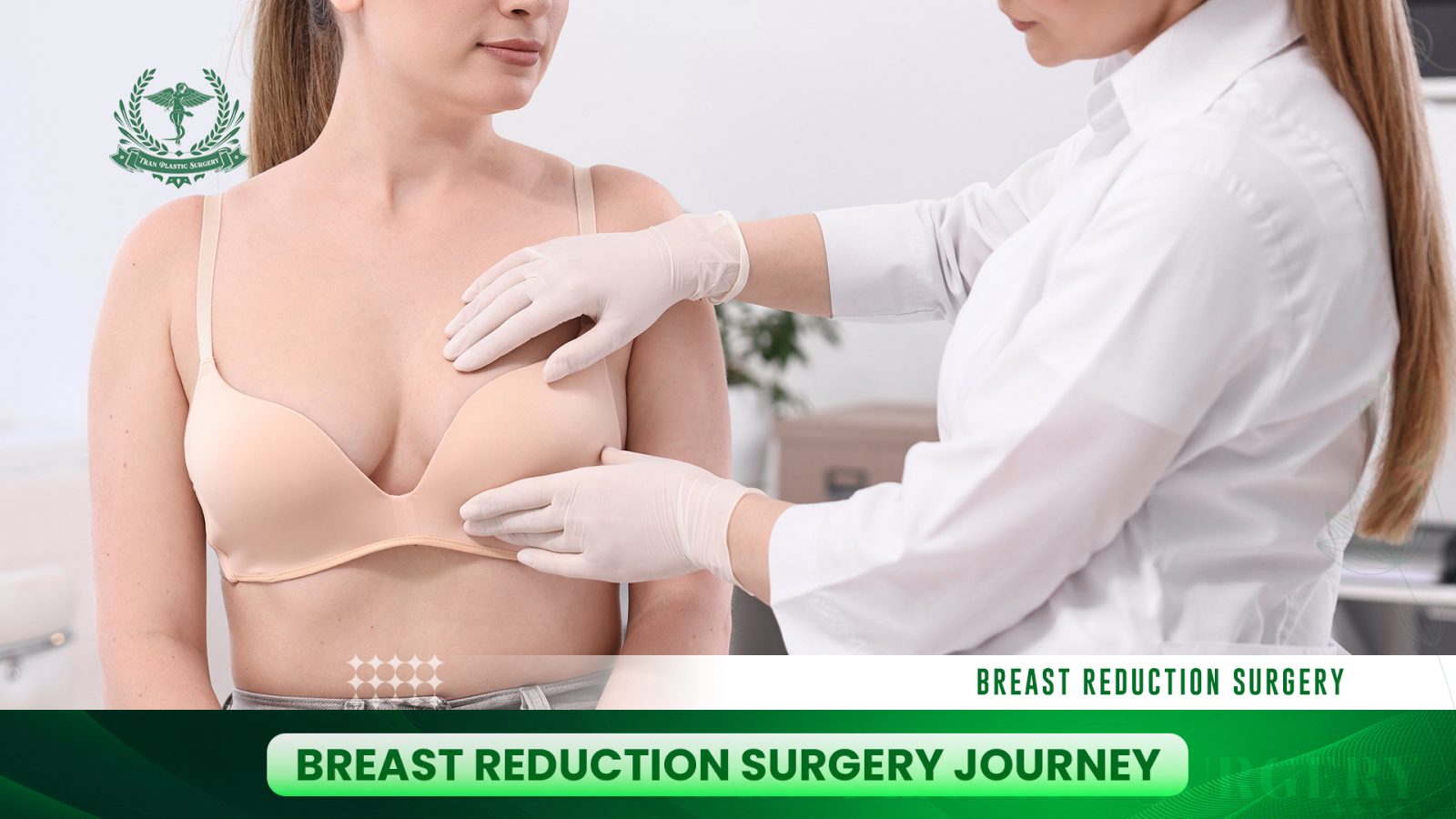
1. Preparation for Surgery
A successful surgery and smooth recovery begin long before the day of your procedure. Your surgeon will provide detailed pre-operative instructions, which are crucial to follow. This typically includes:
- Medication Adjustments: You will be instructed to stop taking certain medications and supplements, such as aspirin, ibuprofen, and vitamin E, for a specific period before surgery to minimize bleeding risk.
- Smoking Cessation: You must stop smoking several weeks before and after the surgery. Smoking severely impairs circulation and can significantly compromise the healing process.
- Pre-Operative Evaluations: Your surgeon may require you to have a mammogram, blood work, or a physical exam to ensure you are in good health for the procedure.
2. The Day of Your Surgery
On the day of your breast reduction, you will arrive at the surgical facility at a predetermined time. After checking in, you will be escorted to the pre-operative area. Here, you will meet with your surgical team, including the anesthesiologist, who will discuss the anesthesia plan with you. Your surgeon will also make final markings on your breasts. Once you are ready, you will be taken to the operating room, and the anesthesia will be administered.
Breast Reduction Surgery: Recovery and Post-Operative Care
1. Immediate Post-Surgery: The First Few Days
Following your surgery, you will be taken to a recovery room for observation. It is normal to experience swelling, bruising, and some discomfort, which can be managed with prescribed pain medication. Your breasts will be wrapped in dressings and a surgical bra, and you may have small drains in place to collect excess fluid. These drains are typically removed within the first week.
2. Weeks 1-6: Managing Your Recovery
The initial weeks are a critical period for healing. You will have a follow-up appointment with your surgeon a few days after the procedure to check your progress.
- Returning to Activities: Most patients can return to light, non-strenuous daily activities within a few days to a week. A return to desk work is often possible within 1-2 weeks. Strenuous exercise and heavy lifting should be avoided for at least 4-6 weeks, or as advised by your surgeon.
- Surgical Support Bra: You will need to wear a special surgical support bra continuously for several weeks. This is vital for minimizing swelling, supporting the healing tissues, and helping to shape the final results.
3. Long-Term Healing and Results
While you will see a noticeable change in your breast size and shape immediately, the final results will not be fully apparent for several months. Swelling will gradually subside, and your breasts will continue to settle into their final position and shape over the next 6 to 12 months. The scars will also continue to fade and mature over this time. By following all of your surgeon’s instructions and maintaining a healthy lifestyle, you can help ensure beautiful, long-lasting results.
Find a Qualified Breast Reduction Surgeon
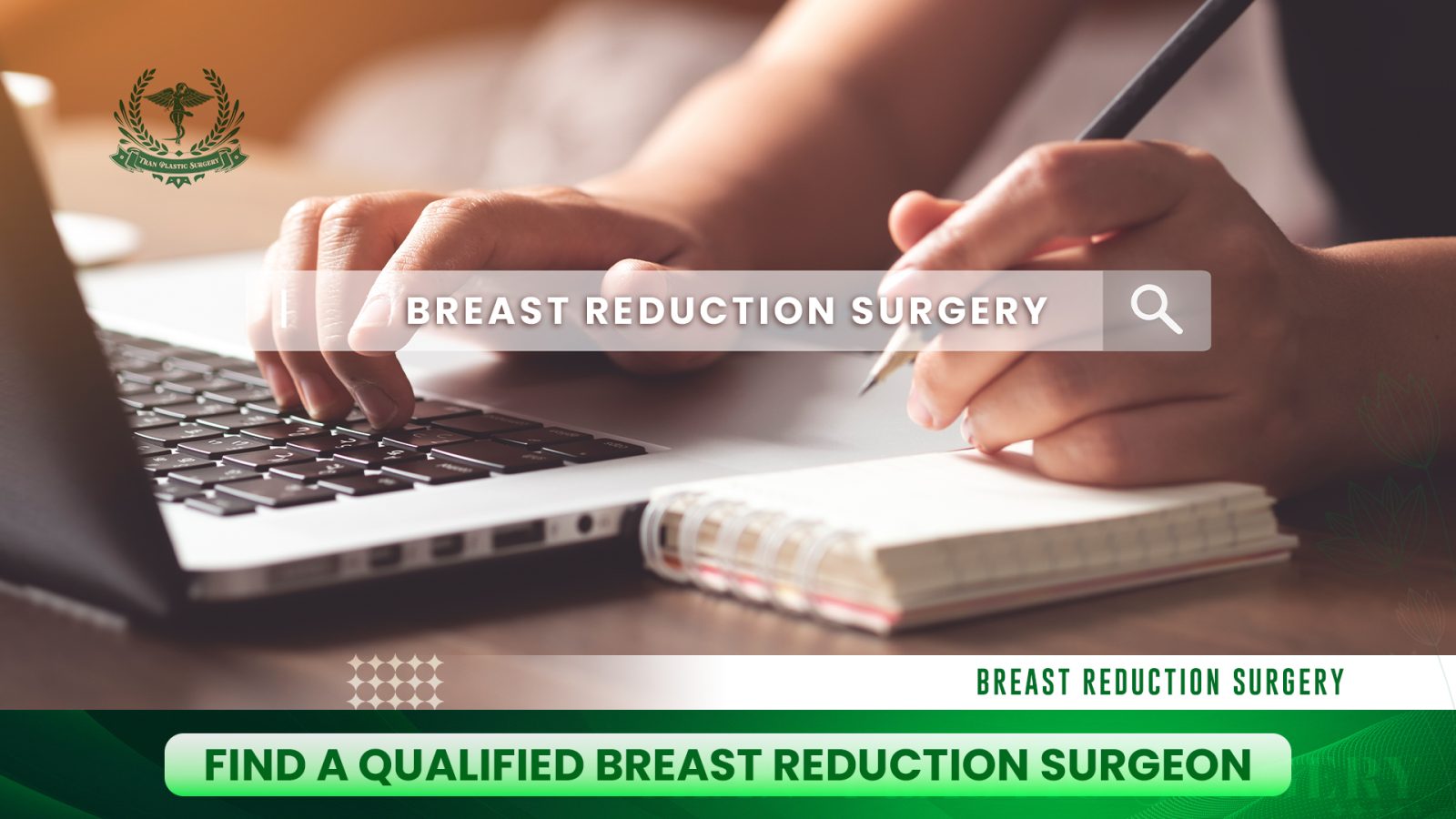
1. Why Choose a Board-Certified Plastic Surgeon?
Choosing the right surgeon is the most important decision you’ll make on your breast reduction journey. It’s crucial to select a board-certified plastic surgeon who possesses not only the necessary expertise and experience but also a proven track record of successful outcomes. Board certification signifies that a surgeon has met the highest standards of training, skill, and ethical conduct in the field.
This level of credentialing ensures they are up-to-date on the latest surgical techniques and committed to patient safety. A specialist in breast reduction will have a deep understanding of aesthetics and anatomy, allowing them to create a result that is both safe and beautiful.
2. Schedule Your Consultation at Tranplastic.com
Ready to take the next step toward a more comfortable and confident life? The best way to learn if breast reduction surgery is right for you is through a personalized, one-on-one consultation. We invite you to schedule an appointment with our expert team at tranplastic.com.
During this consultation, you’ll be able to openly discuss your goals, address any concerns, and have a thorough physical evaluation. We will work with you to determine the best surgical approach to meet your unique needs and help you achieve your desired results.
Conclusion
Breast reduction surgery is a profoundly transformative procedure that offers more than just a change in appearance; it provides a true return to comfort and confidence. By alleviating the physical burdens of overly large breasts, it can dramatically improve your quality of life, allowing you to move freely, exercise, and live without the constant weight of pain and discomfort.
We hope this comprehensive guide has provided you with the clarity and information you need to feel empowered in your decision-making. If you’ve been considering this surgery, remember that it’s a journey toward a healthier, more comfortable, and more confident you.

